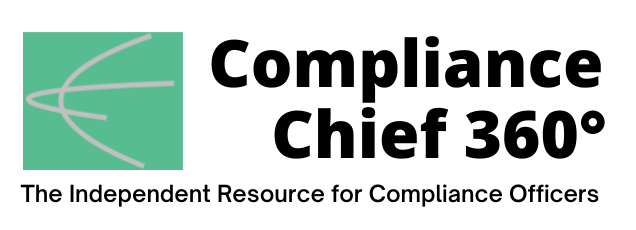
“Sanctions are a fundamentally important tool to advance our national security interests,” said Deputy Secretary Adeyemo. “Treasury’s sanctions review has shown that this powerful instrument continues to deliver results but also faces new challenges. We’re committed to working with partners and allies to modernize and strengthen this critical tool.”
In a statement, the Treasury stated that the five new recommendations on sanctions policy will “modernize and adapt its sanctions policy and operational framework” to address “new, emerging challenges,” including cybercriminal activity, the role of digital currencies, and an increasingly complex financial and technical infrastructure.
Treasury’s review found that while sanctions remain an essential and effective policy tool, they also face new challenges including rising risks from new payments systems, the growing use of digital assets, and cybercriminals, as well as situations where careful calibration can help limit the impact of sanctions on the flow of legitimate humanitarian aid to those in need. Key recommendations to mitigate those challenges and bolster the effectiveness of Treasury’s role in sanctions moving forward include:
1) Adoption of a structured policy framework that links sanctions to a clear policy objective. This framework asks whether a sanctions action: supports a clear policy objective within a broader strategy; has been assessed to be the right tool for the circumstances; incorporates economic and political implications for sanctions targets and others and has been calibrated to mitigate unintended impacts; includes a multilateral coordination and engagement strategy; and will be easily understood, enforceable, and, where possible, reversible. This policy framework is intended to cover key policy considerations in the sanctions implementation process and offer a standardized set of factors to be consistently used by sanctions professionals for both evaluating potential new actions and assessing the ongoing alignment of sanctions with evolving policy priorities. This framework also incorporates several of the recommendations which emerged from the sanctions review.
2) Multilateral coordination wherever possible. Sanctions are most effective when coordinated as an Administration and where possible with allies and partners who can magnify the economic and political impact. This coordination also enhances the credibility of U.S. international leadership and shared policy goals of the United States and its allies.
3) Calibration of sanctions to mitigate unintended economic, political, and humanitarian impact. Treasury should continue to seek ways to tailor sanctions to mitigate unintended economic, humanitarian, and political impacts on U.S. workers and businesses, allies, and non-targeted populations abroad. This will protect key constituencies and help preserve support for U.S. sanctions policy.
4) Ensuring sanctions are easily understood, enforceable, and, where possible, reversible. Treasury can build on existing outreach and engagement capabilities through enhanced communication with industry, financial institutions, allies, civil society, and the media, as well as new constituencies.
5) Investment in modernizing Treasury’s sanctions technology, workforce, and infrastructure. Treasury should invest in building its technological capabilities and deepening its institutional knowledge, especially in the evolving digital assets and services space, to support the full sanctions lifecycle of activities. Further investments in Treasury’s sanctions workforce and operational capabilities will sustain Treasury’s ability to execute a core tool of U.S. national security and foreign policy and protect the integrity of the U.S. financial system.
The Review also notes that these steps will have to be taken on an inter-agency basis in coordination with the State Department, the Justice Department, and other partners. ![]()

